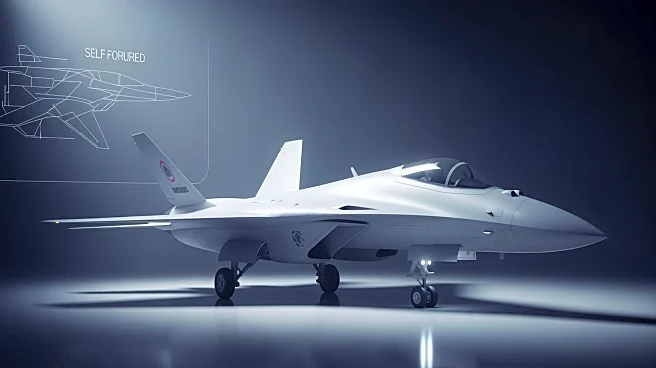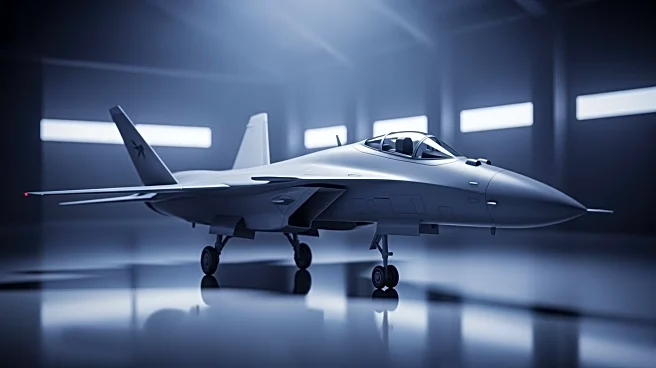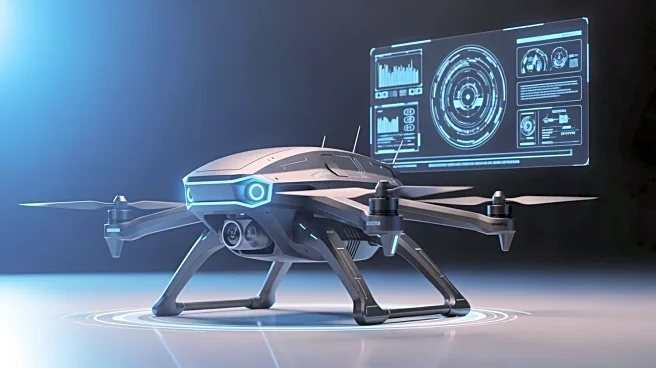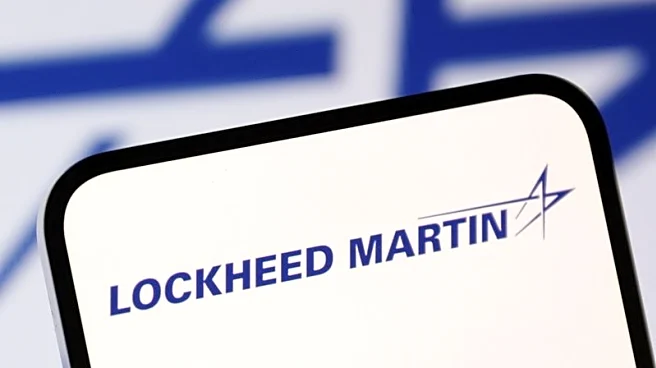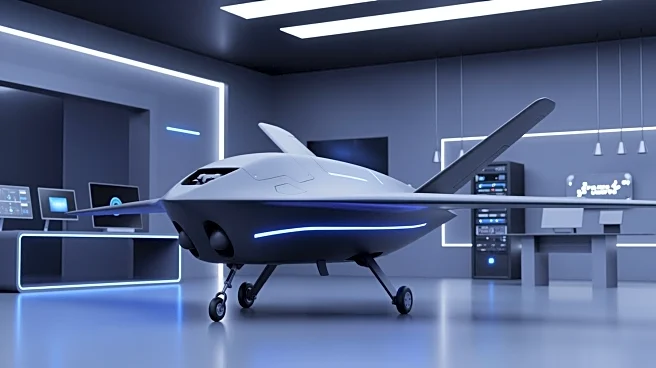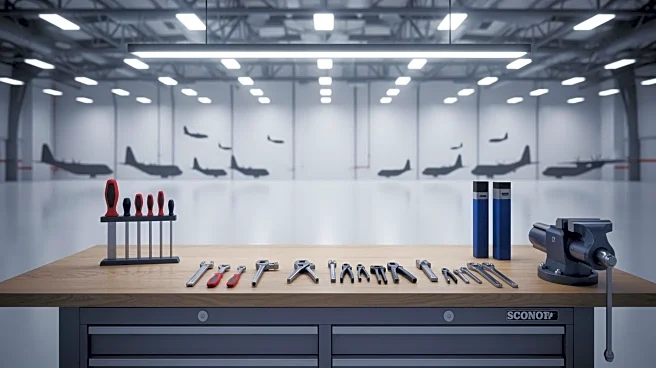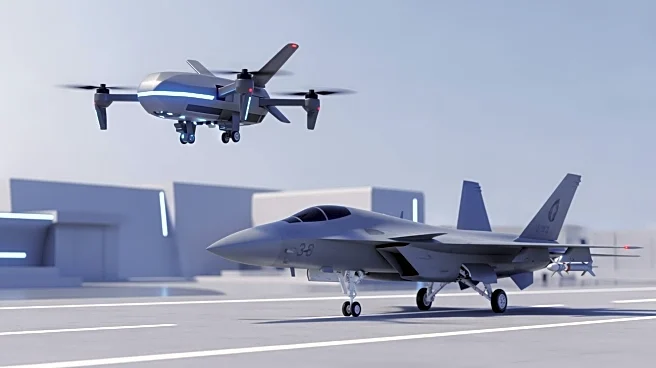What's Happening?
Lockheed Martin is investing in self-funded research and development, focusing on building full prototypes to demonstrate advanced technologies to the U.S. government. CEO Jim Taiclet announced plans to integrate
sixth-generation technology into the F-35 and F-22, potentially creating a 'Ferrari' version of the F-35. The company aims to showcase capabilities derived from its Next-Generation Air Dominance fighter program. Lockheed is also developing space-based interceptors and autonomous Black Hawk helicopters, emphasizing innovation and collaboration with government and industry partners.
Why It's Important?
Lockheed's approach to self-funding prototypes represents a significant shift in defense industry practices, potentially accelerating the development and deployment of advanced military technologies. The integration of sixth-generation capabilities into existing platforms like the F-35 could enhance U.S. air superiority and defense capabilities. This strategy may influence future government procurement processes, encouraging other defense contractors to adopt similar innovative approaches.
What's Next?
Lockheed plans to continue developing and demonstrating new technologies, with a focus on integrating advanced capabilities into existing aircraft. The company's collaboration with government and industry partners will be crucial in achieving successful outcomes. The ongoing development of prototypes may lead to new contracts and opportunities for Lockheed, impacting the defense industry landscape.
Beyond the Headlines
Lockheed's strategy highlights the evolving nature of defense innovation, where companies are increasingly taking initiative to fund and develop cutting-edge technologies. This approach may lead to long-term shifts in how military advancements are pursued, emphasizing collaboration and proactive development. The focus on integrating advanced capabilities into existing platforms reflects a broader trend towards maximizing the potential of current assets.
